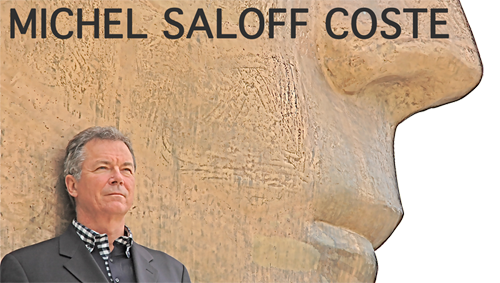Tocqueville Private Wealth Management
Tocqueville Asset Management was established to serve the long-term investment needs of high net worth families and individuals. Our value proposition for private clients — results-driven investing with a high degree of personal attention – has not changed since we opened our doors.
Tocqueville is committed to produce results that address a client’s agreed-upon financial goals and needs, rather than an unconstrained pursuit of investment return.
We believe personal attention is essential to our private wealth management relationships. The continual dialogue between client and portfolio manager provides opportunities for both parties to share in and shape a successful investment outcome.
Tocqueville Asset Management was established to serve the long-term investment needs of high net worth families and individuals. Our value proposition for private clients — results-driven investing with a high degree of personal attention – has not changed since we opened our doors.
Tocqueville is committed to produce results that address a client’s agreed-upon financial goals and needs, rather than an unconstrained pursuit of investment return.
We believe personal attention is essential to our private wealth management relationships. The continual dialogue between client and portfolio manager provides opportunities for both parties to share in and shape a successful investment outcome.
